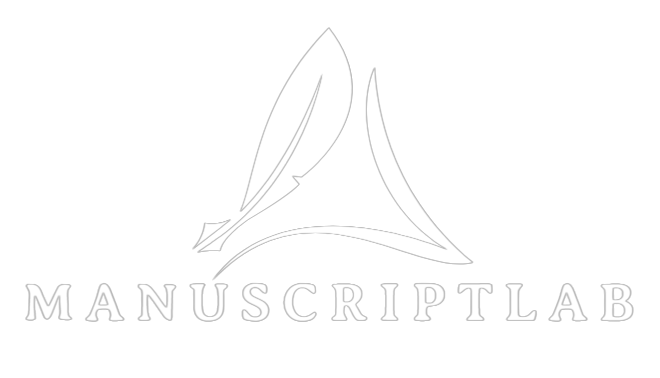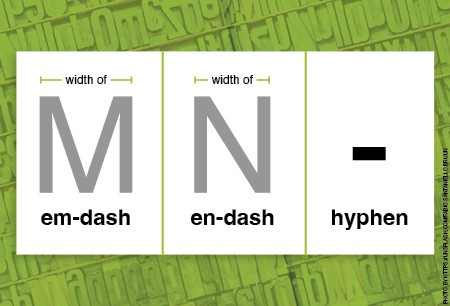Citing sources is a cornerstone of scientific research, essential for establishing credibility, recognizing prior work, and guiding readers to additional information. Proper formatting of scientific citations ensures that credit is given where due and allows others to verify the work. However, there are numerous pitfalls that researchers must avoid when citing sources. The the do’s and don’ts of formatting scientific citations, offering an in-depth guide that balances scholarly rigor with accessibility.
Introduction
Scientific citations are a formal acknowledgment of the work of others that has influenced a researcher’s own study. Proper citation is not merely a matter of academic etiquette but a crucial element of the research process that maintains the integrity of the scientific community. Missteps in citation formatting can lead to accusations of plagiarism, miscommunication of ideas, or even the propagation of incorrect information.
This comprehensive guide outlines the best practices and common errors associated with formatting scientific citations. It covers the importance of consistent citation styles, the ethical considerations of proper attribution, and the latest developments in citation management tools. By understanding the do’s and don’ts of citation formatting, researchers can enhance the quality and impact of their work.
The Importance of Proper Citation Formatting
Proper citation formatting plays a vital role in the academic and scientific community by ensuring that ideas are appropriately attributed, sources are verifiable, and the continuity of knowledge is maintained. Incorrect citations can mislead readers, diminish the perceived credibility of a work, and even result in academic penalties.
1. Establishing Credibility:
Properly formatted citations allow readers to trace the sources of information, verifying the accuracy of claims. This transparency establishes the author’s credibility and demonstrates rigorous research practices.
2. Avoiding Plagiarism:
Plagiarism, the act of presenting someone else’s work or ideas as your own, is a serious academic offense. Correctly formatted citations clearly distinguish the author’s original ideas from the work of others, safeguarding against unintentional plagiarism.
3. Guiding Further Research:
Citations serve as a roadmap for readers interested in exploring the topic further. By providing complete and correctly formatted references, authors facilitate the pursuit of additional research and learning.

The Do’s of Formatting Scientific Citations
Understanding the do’s of citation formatting can greatly enhance the readability and credibility of scientific research. Below are essential guidelines that every researcher should follow.
Use the Correct Citation Style
Different fields of study have specific citation styles, such as APA (American Psychological Association), MLA (Modern Language Association), Chicago, and IEEE (Institute of Electrical and Electronics Engineers). The choice of style depends on the discipline and the guidelines set by the publisher or academic institution.
- APA Style: Widely used in the social sciences, APA style emphasizes the author-date format, allowing readers to quickly locate sources within the text.
- MLA Style: Common in the humanities, MLA format prioritizes authorship and emphasizes concise, consistent formatting.
- Chicago Style: Often used in history and the arts, Chicago style offers two systems: notes and bibliography, and author-date, providing flexibility in citation formatting.
- IEEE Style: Predominant in technical fields, IEEE format uses numbered citations, which correspond to a reference list.
Ensure you are familiar with the specific requirements of your chosen style and apply them consistently throughout your work.
Include All Necessary Information
A complete citation provides all the details needed for a reader to locate the original source. This typically includes the author’s name, title of the work, publication date, publisher, and, if applicable, page numbers. Omitting critical information can frustrate readers and undermine the utility of your citations.
- For journal articles, include the article title, journal name, volume, issue, page range, and DOI (Digital Object Identifier).
- For books, include the full title, edition, publisher, and publication year.
- For online sources, provide the full URL and the date of access if the content is likely to change over time.
Format In-text Citations Correctly
In-text citations allow readers to identify the source of information without disrupting the flow of the text. Proper formatting depends on the citation style; for instance, APA uses parenthetical citations (Author, Year), while IEEE uses numbers in brackets [1]. Ensure that each in-text citation matches an entry in the reference list.
Keep Your Reference List Consistent
Consistency is key in citation formatting. Ensure that every reference in your bibliography follows the same formatting rules, including font, indentation, and punctuation. Inconsistent citation formatting can be confusing and detract from the professionalism of your work.
Use Citation Management Tools
Modern citation management tools like Zotero, EndNote, and Mendeley can automate much of the citation process, reducing the likelihood of errors. These tools allow you to store references, organize them by project, and automatically generate formatted bibliographies in your desired style.

The Don’ts of Formatting Scientific Citations
While adhering to best practices is crucial, avoiding common pitfalls in citation formatting is equally important. Below are key don’ts to keep in mind.
Don’t Rely on Automated Citation Generators
While citation generators can save time, they are not infallible. Errors in formatting, missing information, and incorrect capitalization are common issues. Always double-check generated citations against the guidelines of your chosen citation style to ensure accuracy.
Don’t Overlook the Importance of Updates
Citation formats and requirements can change over time. Always refer to the most recent edition of the style guide you are using, and update your citations accordingly. For instance, the APA 7th edition introduced changes to citing online sources, making it essential for researchers to stay current with updates.
Don’t Use Inconsistent Formatting
Inconsistent formatting, such as varying styles within the same document, can confuse readers and reduce the perceived quality of the work. Avoid mixing different citation styles, and ensure that all citations are uniformly formatted according to the chosen style guide.
Don’t Omit Source Verification
Citing a source without verifying its authenticity can lead to the dissemination of incorrect information. Always verify the accuracy of the source, the credibility of the author, and the publication details before including it in your work.
Don’t Cite Irrelevant or Unreliable Sources
Citations should be relevant and come from credible sources that support your argument. Avoid citing sources that are outdated, irrelevant, or from unreliable publishers. Academic databases like PubMed, Google Scholar, and JSTOR are preferred for finding credible, peer-reviewed sources.
Ethical Considerations in Citation Formatting
Beyond technical accuracy, ethical considerations play a critical role in citation formatting. Misattribution, excessive self-citation, and citation manipulation can all compromise the integrity of scientific research.
Avoid Self-Citation Abuse:
While self-citation is acceptable, excessive self-citation can be perceived as an attempt to inflate one’s own academic profile. It is essential to strike a balance and only cite your own work when it is genuinely relevant.
Acknowledge All Contributors:
Proper citation extends beyond merely listing sources; it also involves acknowledging all contributors, including co-authors, collaborators, and those whose work has significantly influenced your research.
Refrain from Citation Manipulation:
Citation manipulation, including citing sources primarily to boost citation metrics or favoring certain journals without relevance, undermines the scholarly value of the work. Always prioritize the relevance and quality of citations over perceived impact.
Conclusion
Properly formatting scientific citations is more than a mere technical task; it is an essential practice that upholds the ethical and scholarly standards of scientific research. By adhering to the do’s of citation formatting—such as using the correct style, including all necessary information, and maintaining consistency—and avoiding common pitfalls like relying solely on automated tools or using irrelevant sources, researchers can significantly enhance the quality of their work. For further guidance on specific citation styles, visit Purdue OWL and Citation Machine.
As the landscape of academic publishing continues to evolve, staying updated on citation guidelines and employing reliable citation management tools will be increasingly important. Ultimately, the meticulous formatting of citations reflects a commitment to academic integrity and contributes to the ongoing dialogue of scientific discovery.












